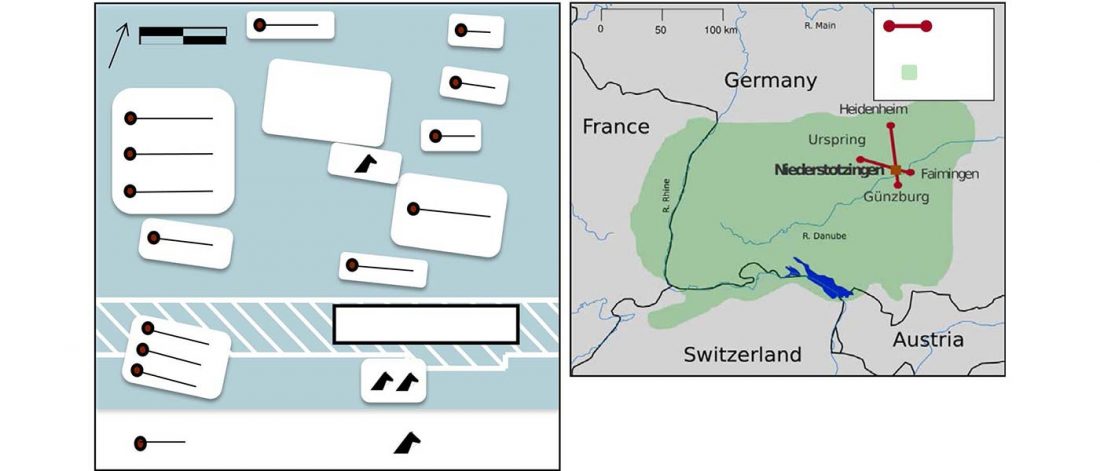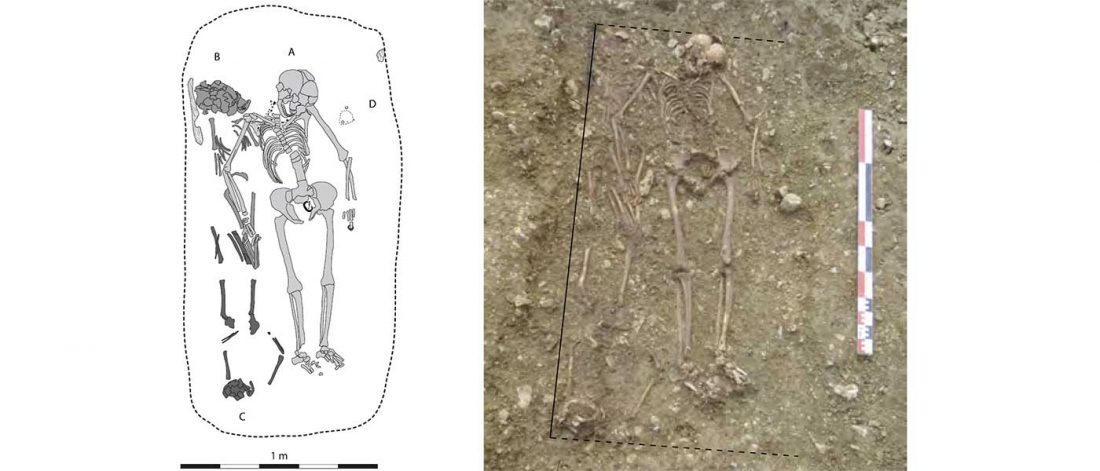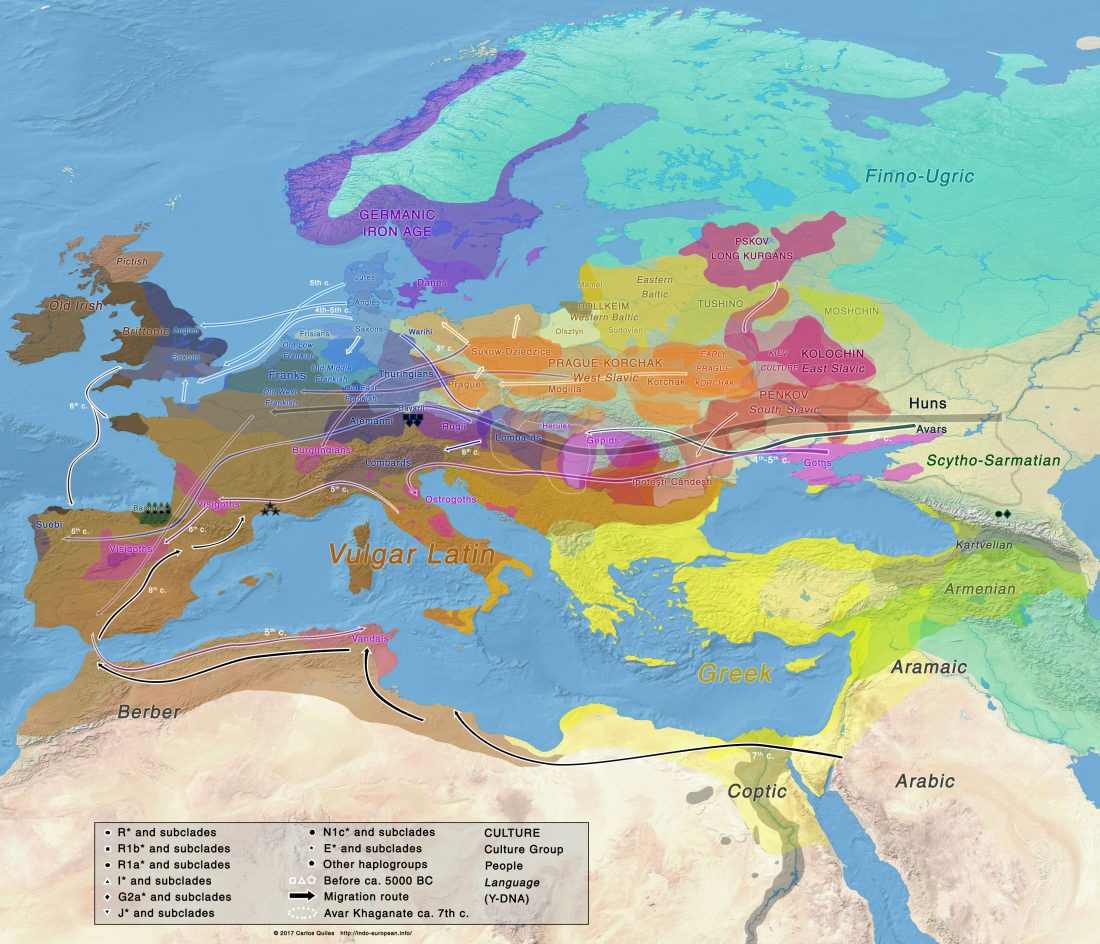Open access Ancient genome-wide analyses infer kinship structure in an Early Medieval Alemannic graveyard, by O’Sullivan et al., Science (2018) 4(9):eaao1262
Interesting excerpts:
Introduction
… Read the rest “Early Medieval Alemannic graveyard shows diverse cultural and genetic makeup”The Alemanni were a confederation of Germanic tribes that inhabited the eastern Upper Rhine basin and surrounding region (Fig. 1) (1). Roman ethnographers mentioned the Alemanni, but historical records from the 3rd to the 6th century CE contain no regular description of these tribes (2). The upheaval that occurred during the European Migration Period (Völkerwanderung) partly explains the interchangeability of nomenclature with the contemporaneous Suebi people of the same region and periods of geographic discontinuity


